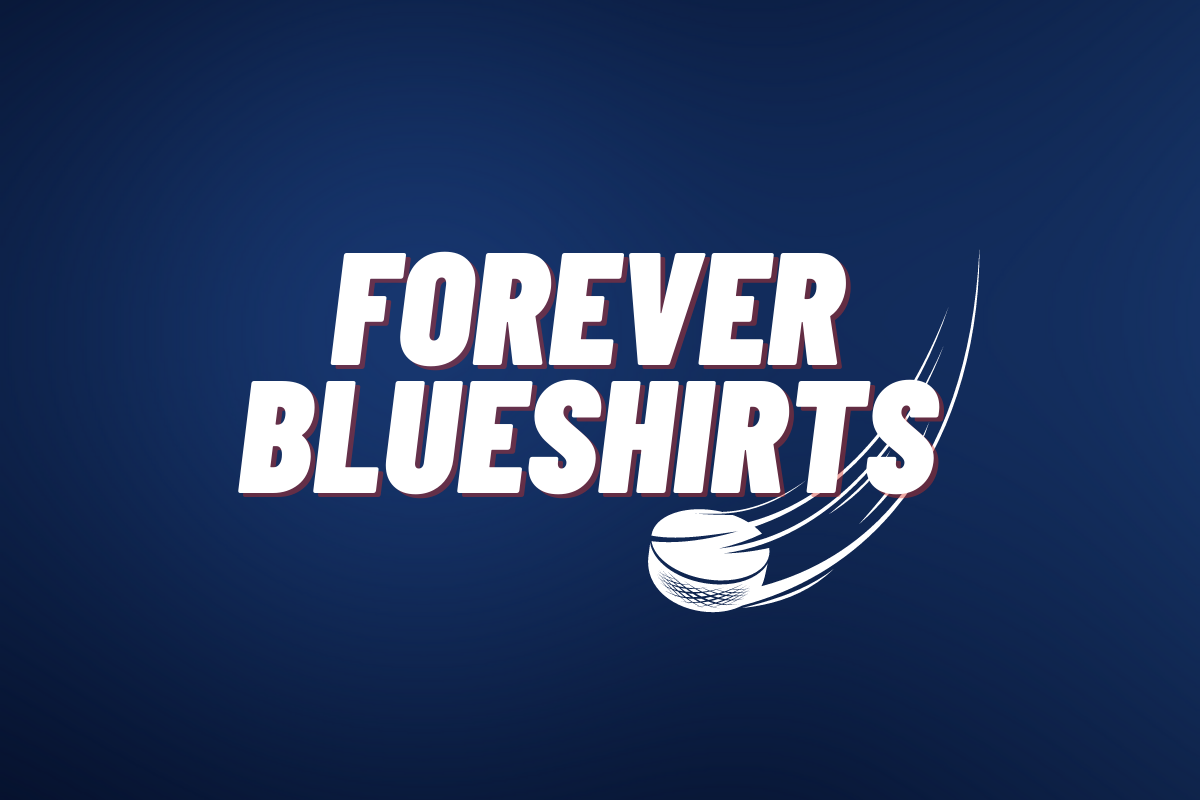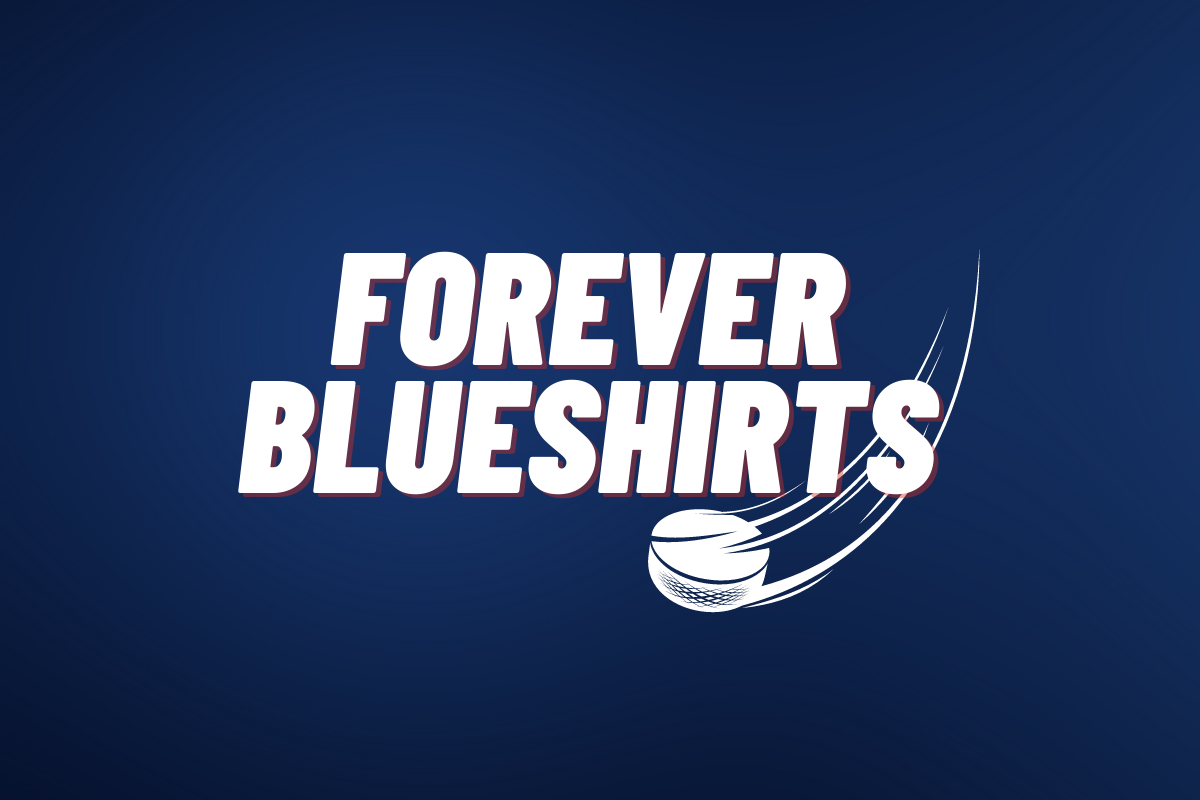Keith Yandle and Core Concerns for Rangers as we look ahead to the NHL Trade Deadline
It is exactly 100 days until the NHL trade deadline (February 29th, 2016). For some, like Anze Kopitar or Steve Stamkos, it could very well represent a 100-day ultimatum countdown to extend their respective contracts, or be moved. Because, while July is a long, long time away: we’ve continually seen players traded in February for concerns pertinent to the following off-season. Just ask the 2007 Buffalo Sabres about that (Danny Briere & Chris Drury walked for nothing).
So while writing an article poking around the logistics of the Rangers’ group of core players going forward into the future in November might seem premature, I believe it’s on the radars of all 30 General Managers. Thus, I’d like to discuss the Rangers’ short-term vs long-term considerations as we close in towards the trade deadline; which in its own right, is the first step of the 2016 off-season.
Let’s get started.
The Rangers acquired the services of Keith Yandle from the Phoenix Arizona Coyotes last March for a hefty price. Even for renting the playmaking defenseman for 16 months (as was the duration remaining on his contract when acquired), including two [potential] playoff runs, it was quite a ransom to pay if we assume the Rangers consider him expendable to free agency.
John Moore, Anthony Duclair, a 1st Round & 2nd Round draft pick? Logic tells us he’s probably not ‘just a rental.’
One can only imagine that GM Jeff Gorton has every intention of re-signing Yandle to procure him as Broadway property for much longer than these 16 months. Even with Glen Sather’s “win-now” trade payments in both Yandle & Martin St. Louis, the bottom line is letting Yandle walk would probably render the retrospective analysis of the trade a failure, save him leaving the team only after a 2016 Stanley Cup victory in Madison Square Garden.
The million dollar question: can the Rangers keep Yandle past this season, all salary cap considerations accounted for?
The answer: it depends… sort of…
It’s hard to know what Yandle’s market value will be. But to paint a broad picture, let’s look at his PSAM since October 2014. (PSAM is a wonderful tool developed by Josh Khalfin which compares a player’s stats to his NHL peers based on comparative salary range. His Twitter account is simply a MUST follow for Rangers fans).

Yandle, who will be 30 years old next July, could look to cash in just below the Mark Giordano / Dion Phaneuf / Kris LeTang tier (or at least that’s my guess at this time). So let’s assume Yandle will sign a long-term contract for $6 million/year next summer. Again, this figure can increase or decrease based on the next 6 months of hockey left to be played.
Let’s stick with that figure for the time being.

Here are the impending free agents for next summer. As you can see, Yandle is the lone “major” unrestricted free agent, discounting Dan Boyle, Dominic Moore, Antti Raanta, Viktor Stalberg & Jaret Stoll as “expendable” or “decently replaceable.” So Yandle will be the only UFA we worry about for now in this analytical exercise.
The much more interesting group is the restricted free agents. All but Dylan McIlrath will have the right to salary arbitration, which means all but he will be exempt for any “lowball” negotiation strategy on Gorton’s part. Not only that, but it represents an opportunity to offer Kevin Hayes, Chris Kreider and/or J.T. Miller long-term extensions, truly investing in them as future members of the team’s core going forward.
However, while going to arbitration is generally against a team’s interest, this summer it may actually represent the Rangers’ best play. Why? Because none of the restricted free agents are in danger of becoming unrestricted free agents any time soon.
The earliest Kreider can become UFA? July 1, 2018. As for Emerson Etem, Hayes, or Miller? 2019. This is a huge perk in having such a young core. So squeezing most of (or all?) RFAs onto next year’s roster in 1-year deals could pinch enough pennies to keep Yandle. No, arbitration isn’t generally the best thing for player nor team, but in terms of fitting Yandle’s next contract under the cap? It might be the team’s best shot without otherwise unloading a major contract.
The next questions: How much are the free agents going to be worth?
Once again, projecting the appropriate price of guys like Hayes, Kreider and Miller is certainly an imperfect procedure this early into the season. If we’re looking for their theoretically possible 1-year deal values for next summer, let’s check out some comparables from summers past:

There’s countless variables when calculating a potential RFA signing, but I’ve listed a few of the important ones. The four sampled comparables were a little older and closer to unrestricted free agency than the Rangers trio, so let’s take this chart with a grain of salt. But looking at the comparables’ mean averages, this suggests the trio earning 4.2% of the salary cap in 1-year deals.
If next year’s cap is $70 million (a $1.2 million decrease), that would theoretically be $8,820,000 for Hayes, Kreider & Miller total. Or, if we want to call it an even $8 million considering the comparables statistically overshoot the Rangers RFAs, that’d be fine too. For simplicity, let’s say Kreider & Hayes earn $3 million a piece, while Miller banks $2 million.
Let’s take a look at how those puzzle pieces fit, and what it could mean for Yandle’s piece:
We assume:
– The Rangers re-sign Yandle to a long-term deal worth $6 million/year
– The Rangers re-sign Hayes, Kreider & Miller to 1-year deals (as discussed above)
– The Rangers sign McIlrath to his $630,000 minimum qualifying offer
– The long-awaited Russian prospect Pavel Buchnevich comes over next summer, and is signed to the maximum rookie entry-level contract ($925,000 / year cap hit)
– The Rangers replace the bottom roster players with various $600,000 free agent signings
– Brady Skjei makes the jump to the NHL in next year’s training camp
– The Rangers convince another team to absorb Tanner Glass’ final contract year

As is, this squad would cost $72.08 million for 22 players. That figure is $680,000 below the current cap, meaning the 2016-17 cap would have to rise at least that much to retain all these players.
Bottom line: the Rangers keeping Yandle, as well as the important RFAs, seems barely doable, assuming the cap increases & the RFAs are signed to minimal 1-year extensions. A reduction in the salary cap, the cost of re-signing the free agents being higher than our guess, or even bonus-overages tacked on in 2016-17 from this year could easily render this idea impossible.
Otherwise, the team needs to cut a contract to fit Yandle. Now who could that be?

The ideal contract to move would be that of Dan Girardi or Marc Staal. They are the two most expensive blueliners, and easily the two most overpaid athletes on the team. Couple that with the idea of making room to sign an expensive defenseman, its entirely common-sensical to eject one of these two in making room for Yandle.
The problem? Both are in the early stages of their contracts; Girardi carries a $5.5 million/year cap hit until 2020, while Staal a does a $5.7 million/year cap hit until 2021. These are giant commitments for a team to want to take on, but that isn’t even the chief obstacle. Girardi carries a full No-Move Clause until next summer, followed by a modified No-Trade Clause until 2019. Staal, similarly, has a full NMC until 2017 and a modified NTC until 2020.
So even if there was a mutual interest to unload Girardi or Staal with another NHL club, it would still require the defenseman to agree to it. This complicates and limits trade possibilities severely, thus we can hardly assume it will happen any time soon.
Girardi or Staal, despite the ideal candidate(s) to be ejected in making room for Yandle, will likely remain on the team for the foreseeable future.
Who’s next?

Ha! It wouldn’t be a Rangers season without some buffoon suggesting a Henrik Lundqvist trade, am I right? But seriously, this man and his $8.5 million/year contract aint going anywhere. Next!

Derek Stepan is the highest-paid Ranger WITHOUT any sort of NMC/NTC safeguarding a trade. His $6.5 million/year contract would certainly make room for Yandle, but the problem is there wouldn’t be any conceivable way of replacing the center for cheap, much less nothing.
While other teams could certainly entertain a trade for Stepan, I don’t see it happening, either.
Next?
Back to Hayes, Kreider and/or Miller.
This seems to make the most sense. The Rangers trading at least one of these players, all due for pay-raises, to accommodate Yandle’s next contract? Seems the likeliest. None have any clauses and the Rangers could probably get a nice return (in the form of draft pick(s) or prospect(s)). If Buchnevich is signed, it could quite fathomably be a legitimate replacement for one of the forwards at a fraction of the cap hit.
However, it still seems unlikely they’d be moved at the deadline, as the team would want a full arsenal in April if indeed a playoff run is on the docket. It would make more sense to deal in May or June, as playoff campaigns are a higher priority than cap moves for a team like the Rangers. Not impossible, but acquiring a playoff-benefit entity for similar cap hit as one of the three seems like a real eyebrow raise.
And yet, there’s one more name I want to offer as a candidate to trade as to secure a Yandle extension…

Sure, Rick Nash off to a sluggish start makes him an easy target to write about as trade bait. But truly, that’s not why he would make a lot of sense. Consider the following:
– Trading Nash, and his $7.8 million/year cap hit, would not only allow the Rangers to re-sign Yandle to big money… but the Rangers could also sign Hayes, Kreider and/or Miller to long-term contracts.
– Nash had a NTC, but there’s question as to its specific parameters. Since he agreed to waive it in 2012, it may not hold water in 2015/16. Also, it’s apparently partial, meaning he can be traded to some teams without his stipulation in any event.
– While Nash is off to a slow start, he should still have valid trade value. He’s “only” 31 years old, and lest we forget, last season he was the oldest player to lead the league in even-strength goals since Phil Esposito! Yes, I imagine a team or two would be interested in acquiring him if he found himself on the trading block.
– And, much like the aforementioned RFAs, the potential incoming of Buchnevich could be rationalized as a roster replacement for that of Nash: a goal-scoring winger at a younger age and fraction of the cost.
Just for giggles, here’s a picture of the Rangers’ young core going forward should Nash be traded, Yandle re-signed, and the RFAs given long-term extensions instead of 1-year re-ups.

Look at those ages… a 3-year window of a very young team, not much removed from the successful core we’ve seen the past few years.
To me, I can see Hayes & Kreider running similar in off-season value to that of Ryan Callahan & Brandon Dubinsky in the wake of the 2008-09 season. The duo, akin to Hayes & Kreider, were impending RFAs (with arbitration rights), considered integral parts of New York’s core of forwards, and were in their early twenties. And in the summer of 2009, Callahan & Dubinsky signed contracts shortly before their scheduled arbitration hearings. Callahan went for a 3-year deal worth $4.275 million/year. Dubinsky opted for a 4-year $4.2 million/year.
If Nash were hypothetically moved, it could be very possible to sign those two to similar contracts, on top of taking care of Yandle. And hey, is Nash’s career production in the postseason much of a deterrent to selling him in February?
Just a thought.

So… what’s the sparknotes?
As the deadline approaches, one would think the Rangers will prepare for a playoff run. Even if Hayes, Kreider, Miller or Yandle have not signed extensions, I don’t think any will be traded until May or June at the earliest. The Rangers, barring a catastrophic collapse, will look to make their fifth consecutive ‘deep’ playoff run. I suspect they’ll take their chances with Yandle remaining without an extension signed, with a contingent plan or two for how to re-sign him later on in 2016.
The team isn’t projecting to have much cap space in 100 days (a little under $2 million by my calculation). We have yet to see Gorton’s executive decisions in a deadline market, but I’d suspect, if anything, for the team to be buyers rather than sellers… as in a draft pick for a (cheap) rental, or anything improving immediate-talent at the expense of down-the-road value.
But then again, recall the 2012 Trade Deadline, where the Rangers essentially stood pat.
Whatever’s in store, there’s no doubt the Rangers’ front office will be watching intently as to fine-tune their summer moves surrounding Yandle.
* * * * * * * * * * * * * * * * * * * * * * * * * * * * * * * * * * * * * * * * * * * * * * * * * * *
Thanks for reading!
Follow me on Twitter at @HockeyStatMiner.
More About:News & Rumors NYR Features Trade Rumors


